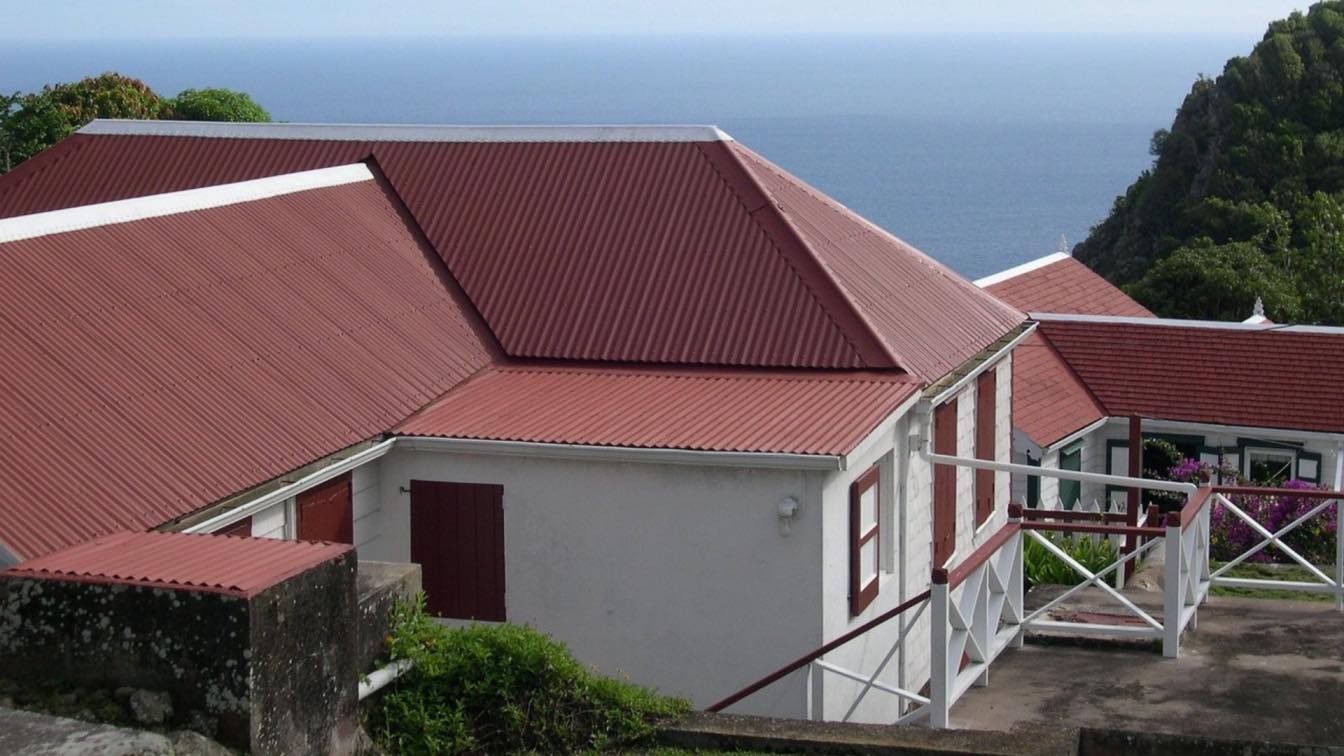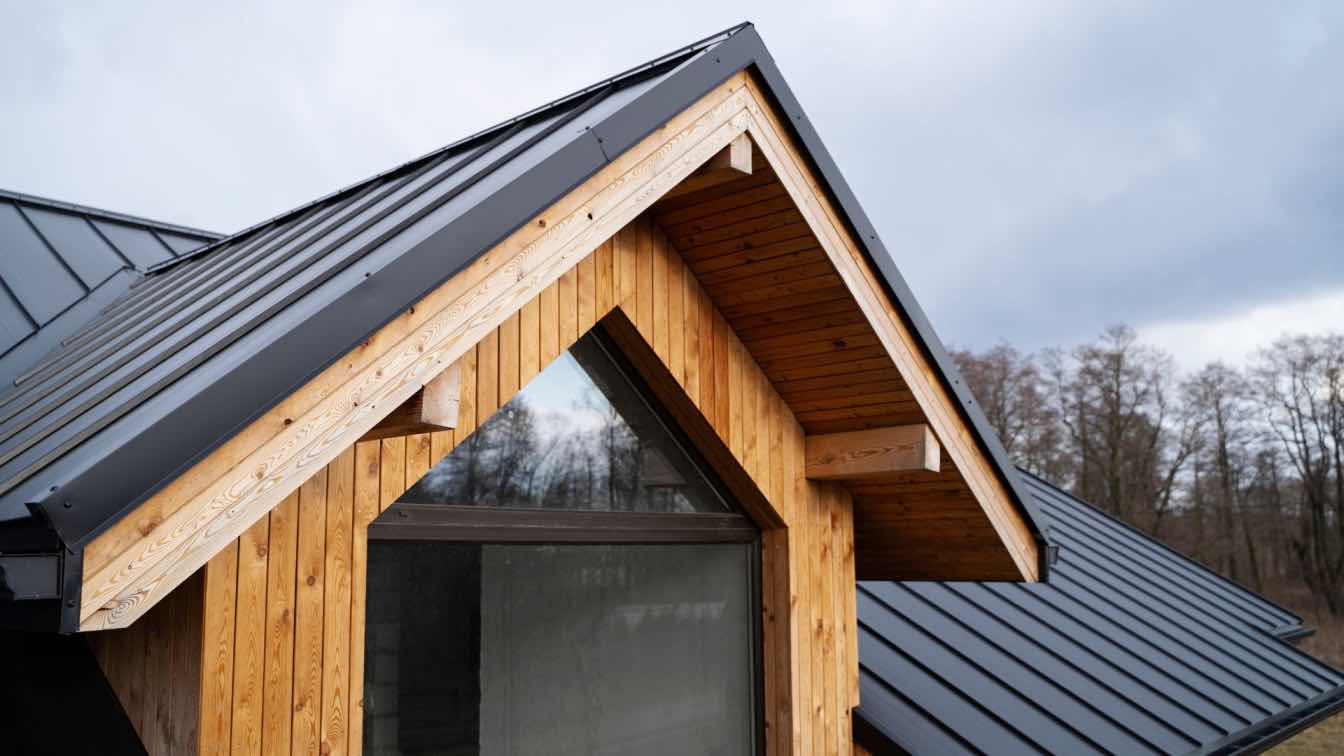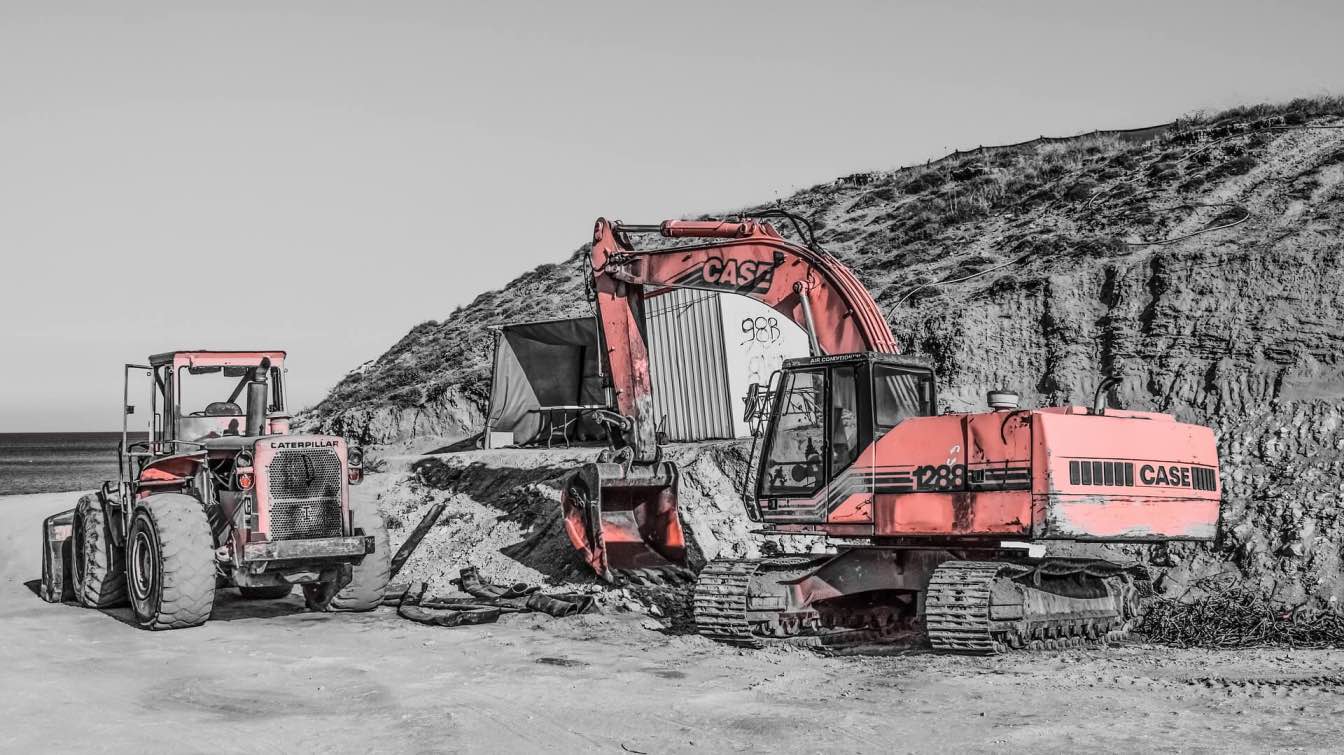In the realm of interior design, kitchens hold a unique position. They are not merely functional cooking spaces but also hubs for social interaction and aesthetic expression. The kitchen has become a focal point where style meets functionality in contemporary living. Among the various elements contributing to the modern kitchen's appeal, kitchen splashbacks have emerged as a prominent feature, offering practical benefits and aesthetic allure.
This comprehensive exploration explores the significance of glass splashbacks in contemporary kitchen design. From their origins and manufacturing processes to their installation and impact on ambience, this discussion will provide insights into why glass splashbacks have become a statement piece in today's kitchens.
Origins and Evolution of Glass Splashbacks
The concept of using glass in kitchen design has been introduced previously. Historically, glass tiles and panels have been utilised for their reflective properties and ability to enhance luminosity in interior spaces. However, the evolution of glass splashbacks as a distinct architectural feature can be traced to the latter part of the 20th century.
Initially, glass splashbacks were primarily employed in commercial kitchens and high-end residential projects due to their durability and ease of maintenance. However, advancements in glass manufacturing technology and growing consumer demand for sleek, contemporary aesthetics have propelled the widespread adoption of glass splashbacks in residential kitchens.
Manufacturing Processes and Material Variations
Glass splashbacks are typically made from toughened glass, also known as tempered glass, which undergoes a specialised heat treatment process to enhance its strength and durability. The manufacturing process involves heating the glass to high temperatures and then rapidly cooling it, resulting in increased tensile strength and resistance to thermal stress.
One of the key advantages of glass splashbacks is their versatility in customisation. From transparent to opaque and from solid colours to intricate patterns, glass splashbacks offer various design options to suit multiple kitchen styles and preferences. Additionally, advancements in digital printing technology have made it possible to create bespoke designs, including photographic images and artwork, directly onto the glass surface.
Installation Techniques and Considerations
Installing glass splashbacks requires precision and expertise to ensure a seamless fit and optimal performance. Unlike traditional tiled splashbacks, installed using grout and adhesive, glass splashbacks are typically affixed directly to the wall using a strong adhesive or mechanical fixing system.
Before installation, careful measurements of the kitchen space are essential to ensure accurate sizing and placement of the glass panels. Electrical outlets, switches, and other fixtures must also be considered to facilitate proper integration with the splashback design.
While the installation process may vary depending on the project's specific requirements, professional installation is recommended to achieve the best results. Experienced glass specialists can guide suitable installation techniques and ensure compliance with safety standards and building codes.
Practical Benefits of Glass Splashbacks
Beyond their aesthetic appeal, glass splashbacks offer several practical benefits that contribute to their popularity in contemporary kitchen design. One of the primary advantages is their hygienic properties. Unlike porous materials such as tiles or grout, glass surfaces are non-porous and easy to clean, making them resistant to stains, mould, and bacterial growth.
Additionally, glass splashbacks provide a seamless and waterproof barrier against moisture and grease, protecting the underlying walls from damage and simplifying maintenance. The smooth surface of glass also facilitates effortless cleaning, requiring only a mild detergent and water for routine upkeep.
Furthermore, glass's reflective properties can enhance the perception of space and light within the kitchen, particularly in smaller or darker environments. By bouncing natural or artificial light around the room, glass splashbacks can create a brighter and more spacious ambience, contributing to an overall sense of openness and vitality.
Aesthetic Impact and Design Considerations
In contemporary kitchen design, glass splashbacks play a crucial role in defining the overall aesthetic and mood of the space. Whether used as a subtle accent or a bold statement piece, the choice of glass splashback design can significantly influence the visual impact of the kitchen.
Solid colours such as crisp white or bold red are popular choices for minimalist or modern kitchens. They add a sleek and sophisticated touch to the decor. Alternatively, textured or patterned glass can introduce visual interest and depth, creating a focal point within the room.
When selecting a glass splashback design, it's essential to consider the kitchen's existing colour scheme, materials, and architectural features. Harmonising the splashback with other elements such as countertops, cabinetry, and flooring can create a cohesive and visually appealing design scheme.





